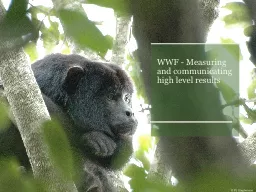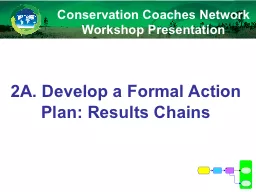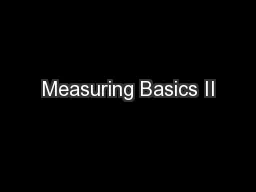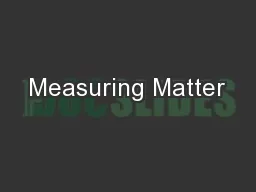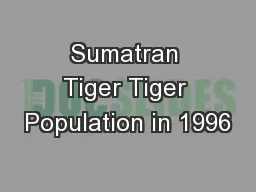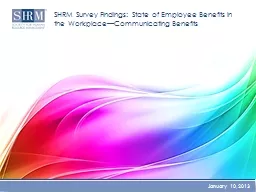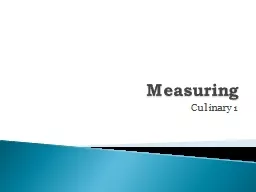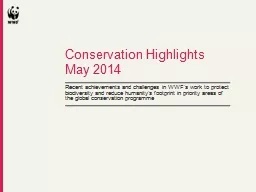PPT-WWF - Measuring and communicating high level results
Author : tawny-fly | Published Date : 2016-08-03
PJ Stephenson PJ Stephenson Challenges Diverse programme portfolio PJ Stephenson PJ Stephenson Martin HarveyWWFCanon WWFCanon Folke WULF Few examples
Presentation Embed Code
Download Presentation
Download Presentation The PPT/PDF document "WWF - Measuring and communicating high l..." is the property of its rightful owner. Permission is granted to download and print the materials on this website for personal, non-commercial use only, and to display it on your personal computer provided you do not modify the materials and that you retain all copyright notices contained in the materials. By downloading content from our website, you accept the terms of this agreement.
WWF - Measuring and communicating high level results: Transcript
Download Rules Of Document
"WWF - Measuring and communicating high level results"The content belongs to its owner. You may download and print it for personal use, without modification, and keep all copyright notices. By downloading, you agree to these terms.
Related Documents

